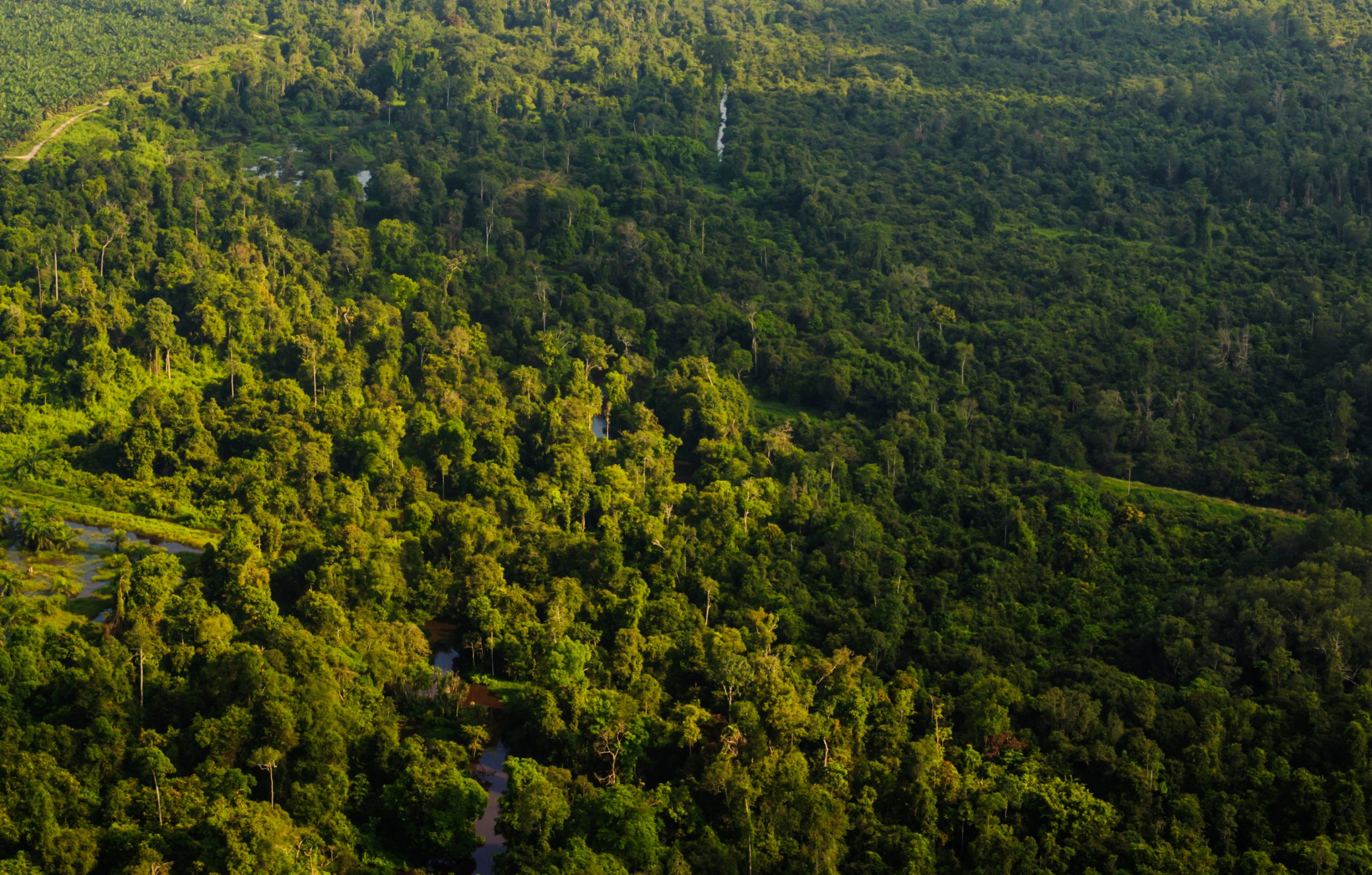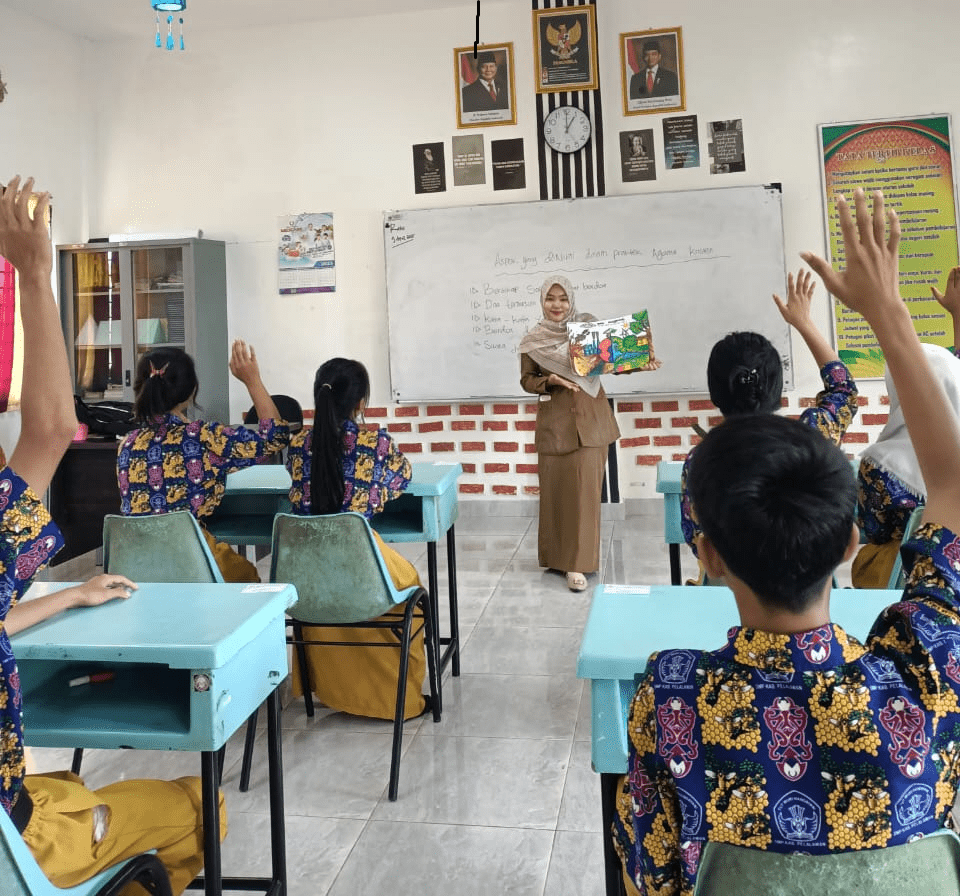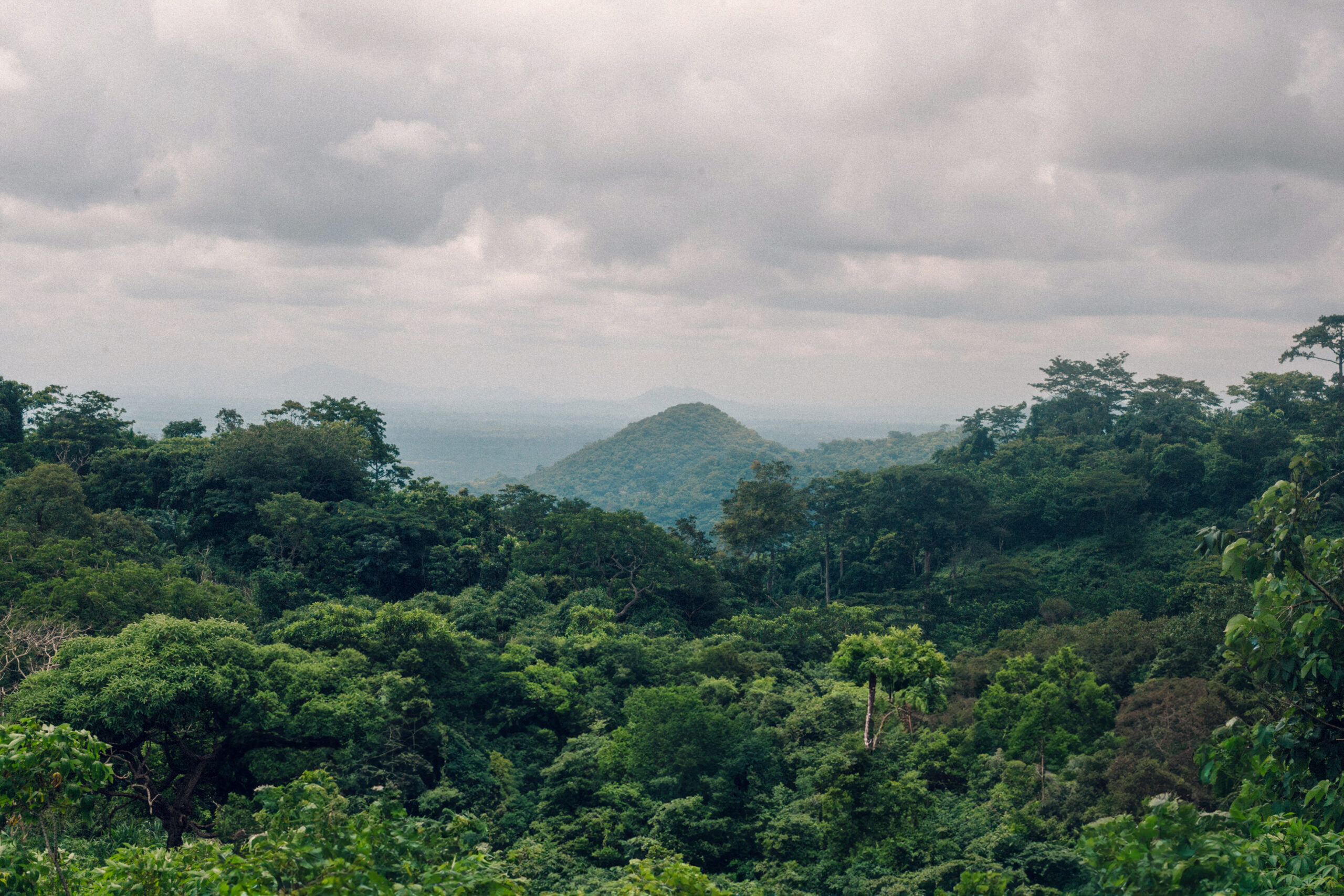By Carolyn Lim
While oil palm cultivation is a significant economic driver and can lift humans out of poverty, it can also have a negative impact on biodiversity, mostly due to the conversion of tropical forests and species-rich habitats. As palm oil remains one of the most land-efficient and shelf stable vegetable oils [1], enhancing conservation efforts to support biodiversity is vital.
The IUCN (International Union for Conservation of Nature), RSPO (Roundtable on Sustainable Palm Oil), local governments, and other stakeholders have urged producers to manage their existing oil palm plantations more responsibly, to reduce impacts on biodiversity. The industry accomplishes this by setting aside areas identified as important for biodiversity and carbon [2], typically using the High Carbon Stock (HCS) and High Conservation Value (HCV) approaches [3].
Fine-Tuning the Industry’s Efforts to Support Biodiversity
Musim Mas has undertaken a variety of conservation interventions across its plantations. These include the reforestation of riparian zones and enhancement vegetation with forest tree in HCV areas. Over the years, we have also added new areas to our conservation hectarage, including steep terrain regions, wildlife corridors, and riparian buffer zones not identified by HCV and HCS assessments.
In addition, we’ve taken an active conservation approach by making use of a monitoring system within our HCV/HCS sites and surrounding areas. Using both camera traps and trained on-site staff, we conduct a monthly census at each site, recording the presence of certain wildlife like reptiles, mammals, and birds. After documenting the number of wildlife species, their activities, and their nesting locations, data is collected and used to improve our conservation efforts.
Assessing the Impacts of Our Decade-Long Conservation Efforts
Acknowledging the importance of understanding the effectiveness of these interventions, we partnered with South East Asia Rainforest Research Partnership (SEARRP) in 2020. SEARRP will independently analyse our decade-long conservation efforts in the Group’s plantations. To assess the effectiveness of our methods, the SEARRP research is threefold:
- Independent assessment of the effectiveness of our HCV monitoring efforts
- Development of a biodiversity baseline for our HCV areas
- Recalibration of our conservation efforts
SEARRP will work with us to develop a sector-wide monitoring protocol, in addition to ensuring that our monitoring efforts are appropriate. They’ll also employ statistical analyses to better understand wildlife trends to determine if species richness is increasing in response to our conservation efforts. Lastly, the SEARRP research will link scientific evidence to our efforts to determine which are most effective. Without scientific evidence, conservation plans might remain guesswork, so these insights will be of interest to the palm oil sector at large.
Musim Mas’ Plan Moving Forward
Ultimately, this research will enable Musim Mas to prioritise the conservation efforts that are making the biggest impact, while also enabling us to better understand monitoring efficacy and natural biodiversity trends. In addition, identifying how species move across landscapes to access food, new habitats, or mates will allow Musim Mas to make improvements to HCV and set-aside networks to avoid species losses and support biodiversity.
Once the abundance of data is analysed, Musim Mas will be equipped with the knowledge of how different management options influence biodiversity and how forest reforestation in different HCV patches will support conservation efforts. The SEARRP research will significantly influence future policies and procedures, as well as form a reliable case study for RSPO members. Ultimately, this research will support our efforts in setting measurable objectives to avoid species losses and improve biodiversity on our plantations. Together with SEARRP, Musim Mas envisions a future where oil palm landscapes can continue to foster both economic development and healthy, biodiverse ecosystems.
| [1] | https://www.wwf.org.uk/updates/8-things-know-about-palm-oil |
| [2] | Prior to any new development, Musim Mas carries out rigorous assessments and follows the process outlined in the RSPO New Planting Procedure (NPP), including identifying and conserving areas with HCV and HCS. Since 2014, we have been estimating the carbon stock of proposed development areas and significant potential sources of emissions that may result directly from development. To ensure the credibility of our HCV and HCS assessments, they are all carried out by accredited and registered licensed assessors and practitioners. |
| [3] | High Conservation Value (HCV) an High Carbon Stock (HCS) aim to identify important environmental and social values that should be addressed and conserved prior to new development. |








